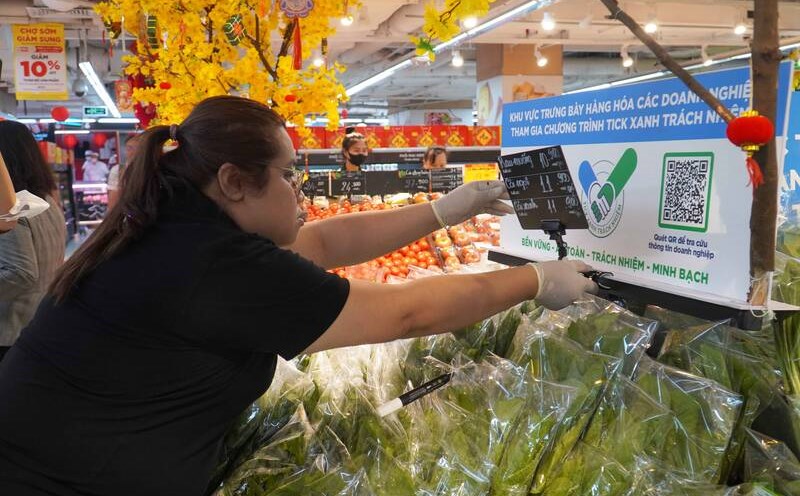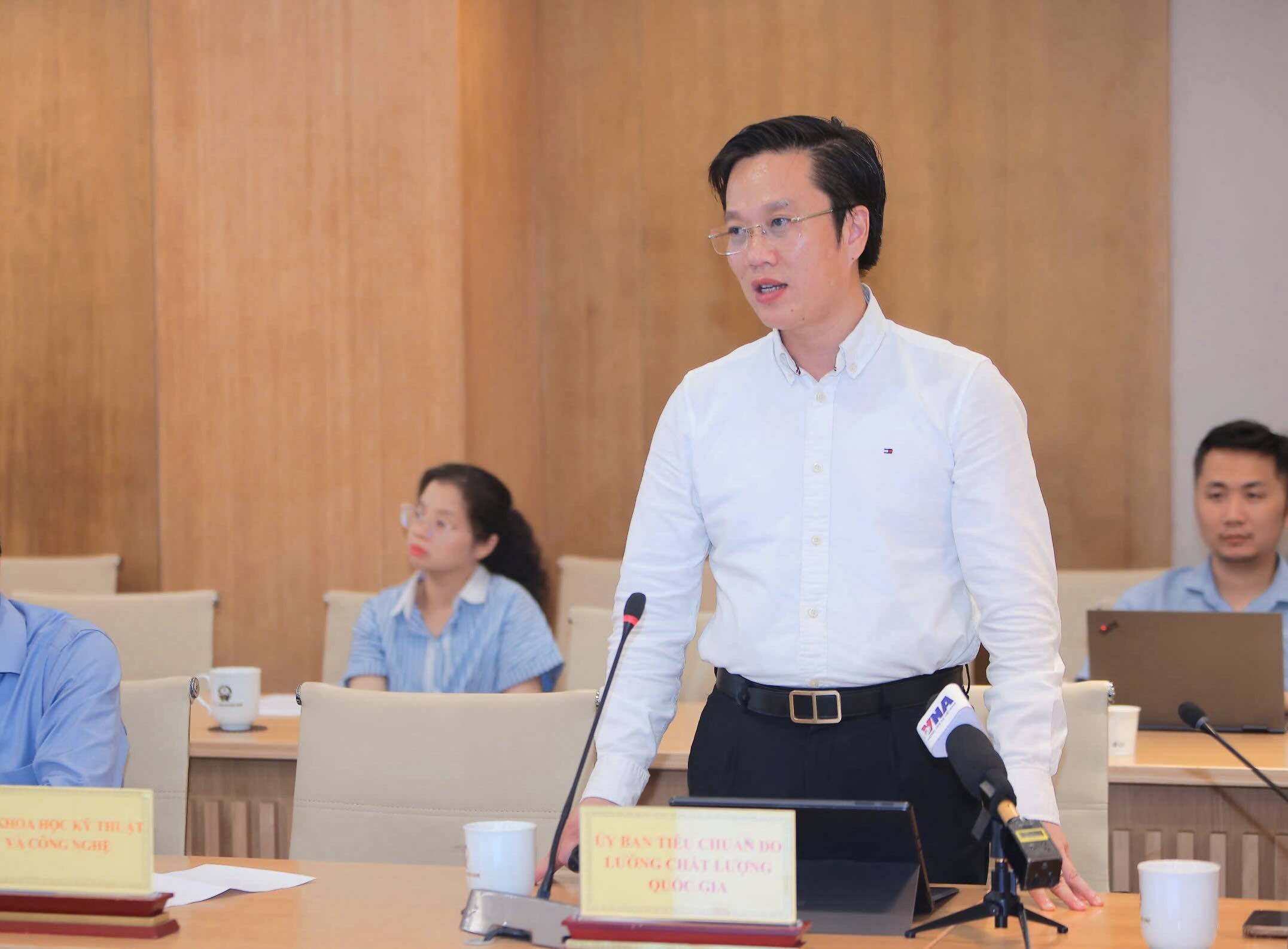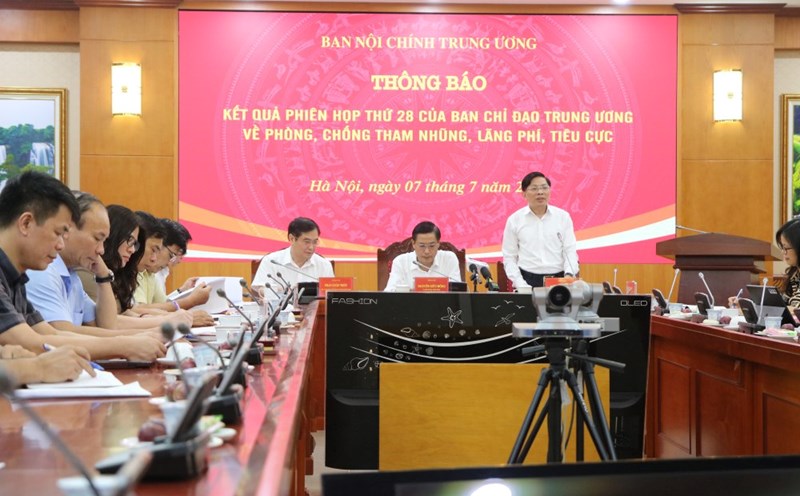
Speaking at the press conference of the Ministry of Science and Technology on July 7, Dr. Ha Minh Hiep - Chairman of the National Committee for Standards and metrics of Quality said that amending and supplementing a number of articles of the Law on Product and Goods Quality aims to promptly institutionalize the Party's major policies in Resolutions No. 57-NQ/TW; 59-NQ/TW; 66-NQ/TW and 68-NQ/TW. Thereby, meeting the requirements of socio-economic development in the context of extensive integration and national digital transformation.
The Chairman of the National Committee for Standards, Metrology and Quality also said that this amended and supplemented Law has comprehensively innovated the method of managing product and goods quality according to major orientations.
Accordingly, instead of classifying goods administratively as before, the new law divides products and goods into 3 levels of risk: low, medium and high. With the new approach, state management will focus on post-inspections instead of pre-inspections, while flexibly applying technical requirements and assessing suitability depending on the level of risk.
The law also stipulates the principles of appropriate management for each risk group. Low-risk products and goods are allowed to self-declare applicable standards. The average group needs to have a suitability assessment, can do it self or through a recognized organization.

The high-risk group must have a compliance certificate from the designated organization. This approach helps reduce the cost burden for businesses, especially small and medium enterprises. At the same time, focusing resources on management of products that pose a great risk to human health, livestock, crops and the environment.
For imported goods, the amended law supplements the regulation on exemption from declaration in accordance with average risk products if there are no technical changes or risk warnings. This is a significant improvement, helping to speed up the customs clearance process and reduce overlap in quality control.
Another important new point is the legalization of National Quality Infrastructure (NQI), including components such as standards, measurement, assessment of suitability, recognition, inspection and business support policies. This system is built in a modern direction, connecting data between inspection agencies, customs, warning and consumer feedback systems. At the same time, a national product and commodity quality monitoring system has also been established to detect early, warn and handle risks in a timely manner.
The law also expands its scope of application to the field of e-commerce. Selling on e-commerce platforms must honestly announce product information and be responsible for the quality of goods. The floor owner is obliged to receive, process feedback and prevent goods that violate quality. serious violations will be subject to administrative sanctions, license revocation or criminal prosecution. In particular, information about violations will be made public on the national digital platform, creating a transparent and effective deterrent mechanism.
In the field of technology, the new law encourages the application of artificial intelligence, big data, traceability, electronic labels and digital passports to modernize management activities. This approach not only reduces inspection and certification costs but also creates a favorable environment for Vietnamese enterprises to improve quality, productivity and participate deeply in the global value chain.
Dr. Ha Minh Hiep affirmed that with these fundamental changes, the Law on Product and Commodity Quality will be an important step forward in the process of shifting from administrative management to risk management, taking science, technology and data as a foundation, aiming to protect consumer rights and promote sustainable growth.










